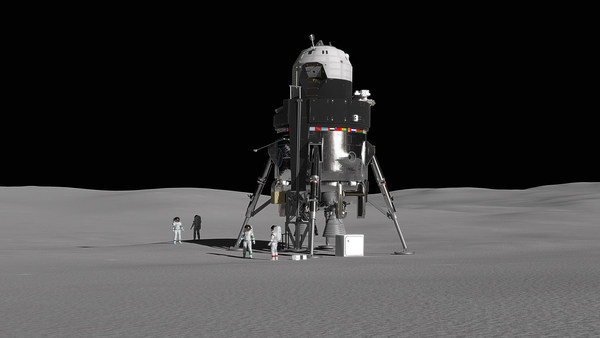16 juillet 2020 | International, Aérospatial, Naval, Terrestre, C4ISR, Sécurité
House defense spending bill would give the MQ-9 Reaper drone a second life
By: Valerie Insinna WASHINGTON —The House Appropriations Committee is aiming to resuscitate the MQ-9 Reaper program, which the Air Force wants to curtail in fiscal 2021. The committee's version of the FY21 spending bill, which its defense subcommittee will deliberate Wednesday in a closed hearing, would allocate $344 million for 16 MQ-9 Reaper drones. The language is a good sign for the aircraft's manufacturer, General Atomics, which stood to lose hundreds of millions of dollars in sales if the Air Force stopped buying the aircraft. The service in FY20 had planned to buy nine MQ-9s in FY21, 17 in FY22, two in FY23 and three in FY24, but zeroed out all plans to buy additional Reaper drones as part of its FY21 budget request. However, the Reaper isn't home free just yet. The Senate Appropriations Committee has yet to unveil its own version of the legislation, leaving it unclear whether the Senate will concur with the House committee's spending bill. The MQ-9 wasn't the only aircraft program to get a boost from House appropriators. The committee added 12 more F-35s to the budget, for a total of 91 jets and $9.3 billion. The lawmakers are also planning to authorize $965 million for 11 C-130J aircraft — an increase of two planes — and they boosted the number of V-22 Ospreys tilt-rotor aircraft from nine to 11. The bill also beefs up the investment for the UH-60 Black Hawk with an additional $141 million, funding a total of 42 helicopters. The legislation funds three P-8A Poseidon submarine-hunting planes for the Navy Reserve force. Those aircraft were not originally included in the budget. The Navy would get an additional E-2D Advanced Hawkeye, for a total of five planes costing $791 million. The committee also approved $1 billion for nine CH-53K helicopters, two more than the request. Additionally, the legislation would allow U.S. Special Operations Command to begin its Armed Overwatch Program, but the bill summary did not state how much funding would be allotted in FY21. The House committee fully funded most other major military aircraft programs, including money for 50 AH-64 Apache attack helicopters, five CH-47 Chinook Block II cargo helicopters and long-lead funding for additional Chinooks for the Army. The Air Force would get 12 F-15EX fighters, 15 KC-46 tankers and 19 HH-60W combat rescue helicopters. Meanwhile, the Navy's request of 24 F/A-18E/F Super Hornets was also fully funded by the committee. https://www.defensenews.com/air/2020/07/08/house-defense-spending-bill-would-give-the-mq-9-reaper-drone-a-second-life

